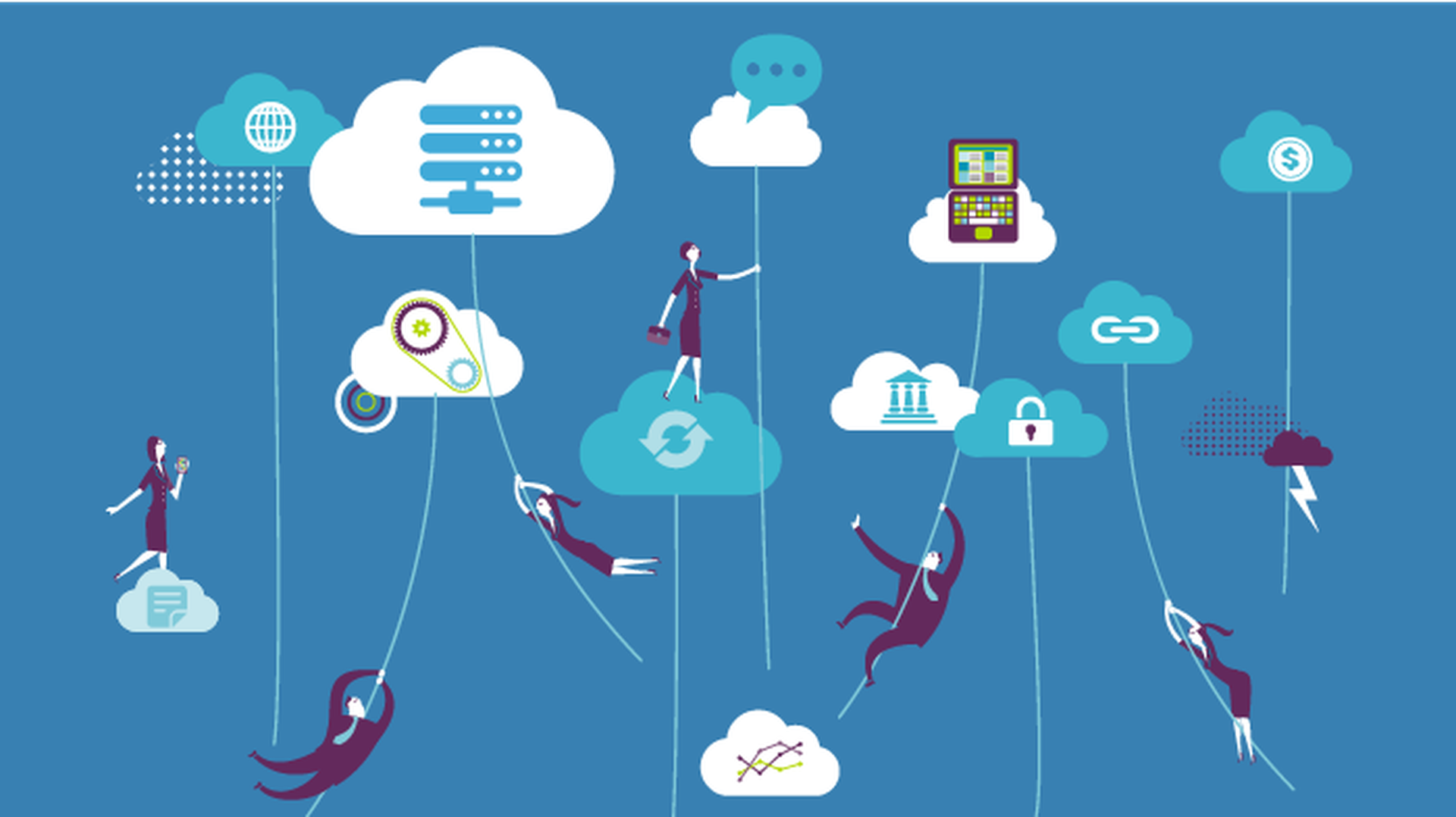Missing the mark in cloud security is common. Poor visibility and limited integration are not ideal conditions, yet they are issues that affect most cloud environments. Enter the cloud-native app protection platform -- or CNAPP.
A CNAPP is essentially a command console uniting various cloud-native security tools into a singular suite of comprehensive reporting tools, resulting in greater visibility, scanning and control over the organization’s cloud applications from development through runtime.
Unification of cloud security posture management, cloud workload protection programs, infrastructure-as-code scanning, and cloud infrastructure entitlement management are integral to the success of CNAPP implementation. A more complete and holistic view of cloud assets increases shared context and reduces the administrative burden associated with managing these items separately.
The CNAPP arrives at the perfect time as more companies move record volumes of workloads into the cloud. By combining formerly disparate defense tools into one package, the CNAPP is able to provide in Gartner’s words “an integrated set of security and compliance capabilities designed to help secure and protect cloud native applications across development and production.” Moreover, its emphasis on consolidating security and alerts through a single pane of glass finally grants security teams a powerful tool to ‘reign in’ the clutter and complexity that ordinarily accompanies cloud expansion.
If you’re not familiar with those benefits, we encourage you to check out our recent coverage on the top benefits and features of a CNAPP, as well as prerequisites for deploying a CNAPP effectively.
For this post specifically, we’re looking instead at best practices — the steps an organization can take to get the most value out of a cloud-native app protection platform.
Best practices for cloud-native app protection
#1: Shift security left
A CNAPP is designed to neatly integrate with the Continuous Integration and Continuous Delivery (CI/CD) model of modern software development. Therefore, it’s a perfect fit for DevSecOps teams practicing secure-by-design principles – testing, triaging, and mitigating risk – earlier in the SLDC. Infrastructure-as-code scanning and cloud security posture management, for example, both use automation to accelerate remediation and minimize risk of cloud misconfigurations. Due to the rapid speed that cloud-native components can deliver (via Kubernetes, serverless functions, APIs), organizations don’t have the luxury to bolt on security after runtime, especially considering a recent acceleration in zero-day exploits. To get the most out of a CNAPP, it’s a good idea to equip developers with the time and resources to secure code much earlier in the pipeline.
#2: Put eyes on everything
As organizations move to the cloud, visibility can take a hit. That’s because the cloud can’t be secured or managed through traditional perimeter defenses or manual methods. Its decentralized, distributed model allows for thousands of instances and accounts to run at the same time, which is impossible to monitor without advanced automation. Information silos and misconfigurations are common casualties of this poor visibility. Thankfully, organizations can use a CNAPP to automatically correlate and contextualize security signals across multiple cloud-native tools, providing security and dev teams shared visibility for anticipating, identifying and correcting discovered vulnerabilities.
#3: Collect analytics and learn from mistakes
A CNAPP can offer some level of protection to cloud-based assets right out of the box. But that protection extends only so far as organizations are willing to learn from their mistakes. The CNAPP will grant security teams access to understand the entire application lifecycle from development to runtime, including insights into misconfigurations, failed compliance, network exposures, as well as vulnerable containers and APIs. Organizations should harness advanced analytics in their CNAPP, such as CSPM risk analysis, to identify persistent security gaps and adapt benchmark controls accordingly.
#4: Enforce least privilege and Zero Trust practices
Organizations can benefit from the CNAPP’s holistic, risk-based approach to identities and access management. Thanks to shared context and dashboard visualization of cloud resources, connections and users, a CNAPP gives security teams easy access to monitor and set appropriate permissions. This is helpful for ensuring that cloud identities are assigned the minimum level of privileged access necessary, thus reducing the risk of unauthorized access on the network. Alongside enforcement of least privilege, organizations are recommended to embed Zero Trust policies when implementing a CNAPP. In building on a zero trust architecture, security teams can use risk context from a CNAPP to make more intelligent decisions about what access to assign various cloud workloads.




